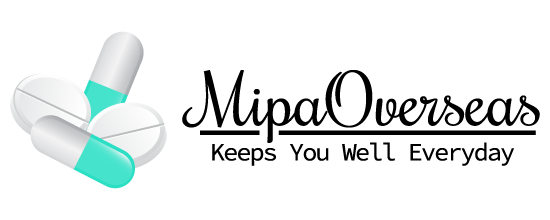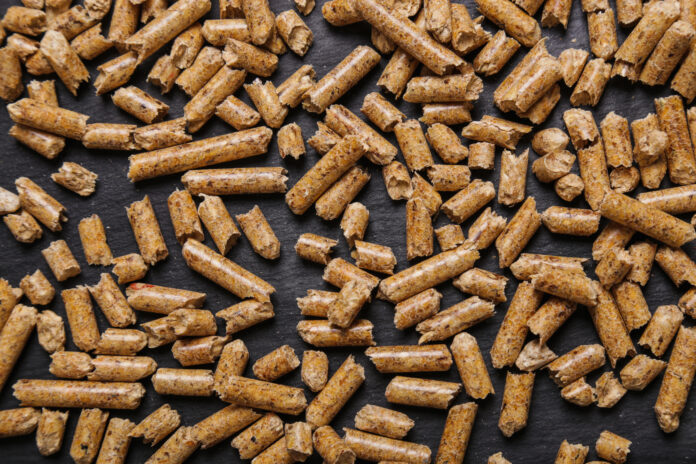Mipa Overseas Manufacturing High Quality of Hourse feed which refers to the total diet provided to cattle to meet their nutritional requirements for growth, maintenance, reproduction, and production.
Competitive horses have unique dietary needs due to the demands placed on their bodies during training and competition. A competition horse feed is typically formulated to provide the necessary energy, nutrients, and support for optimal performance and recovery. Here are some key aspects often considered in competition horse feed:
- High Energy Content: Competition horses require a diet with a high energy content to fuel their intense physical activity. This energy is typically provided by sources such as grains (e.g., oats, barley, corn), fats (e.g., vegetable oils), and high-quality forage.
- Protein for Muscle Support: Protein is essential for muscle repair and development, both of which are crucial for competitive horses that undergo strenuous exercise. Quality protein sources like soybean meal, alfalfa, and legumes are commonly included in competition horse feeds.
- Vitamins and Minerals: Adequate levels of vitamins and minerals are essential for overall health, immune function, and performance. Key nutrients include vitamin E, vitamin C, selenium, calcium, phosphorus, and magnesium. Some competition horse feeds may also contain added electrolytes to support hydration and electrolyte balance.
- Balanced Nutrition: The feed should provide a balanced ratio of carbohydrates, fats, and proteins to meet the horse’s energy requirements without causing digestive upset or weight gain. Fibrous forage sources, such as hay or haylage, help maintain digestive health and provide bulk to the diet.
- Specialized Formulations: Some competition horse feeds are specifically tailored to meet the requirements of certain disciplines or performance levels. For example, feeds designed for high-intensity disciplines like racing or show jumping may have higher energy content compared to feeds for horses engaged in lower-intensity activities.
- Feeding Management: Proper feeding management is crucial for ensuring that competition horses receive the right nutrition at the right times. This includes considerations such as meal timing, portion sizes, feeding frequency, and adjustments based on individual horse requirements and performance levels.
Cattle Feed Composition ?
- Energy Sources: Competition horse feeds contain high-energy ingredients to fuel the horse’s demanding physical activity. Common energy sources include:
- Grains: Such as oats, barley, corn, and wheat. These grains are rich in carbohydrates, providing readily available energy for the horse’s muscles.
- Fats and Oils: Vegetable oils, rice bran, and flaxseed are often added to increase the calorie density of the feed without adding bulk. Fats are an efficient source of energy and can help reduce the risk of digestive disorders associated with high-starch diets.
- Protein: Protein is essential for muscle development, repair, and overall body maintenance. Competition horse feeds contain high-quality protein sources such as:
- Soybean Meal: A common source of protein that provides essential amino acids necessary for muscle growth and repair.
- Alfalfa: A legume forage that is rich in protein, vitamins, and minerals. Alfalfa hay or pellets may be included in the feed to boost protein content and provide additional fiber.
- Vitamins and Minerals: Competition horses require a balanced supply of vitamins and minerals to support various bodily functions and maintain overall health. Key nutrients include:
- Vitamin E: An antioxidant that helps protect muscle cells from damage during exercise.
- Vitamin C: Supports the immune system and may help reduce oxidative stress in performance horses.
- Selenium: An essential mineral that works with vitamin E to protect muscles from damage.
- Calcium and Phosphorus: Important minerals for bone health and muscle function.
- Electrolytes: In some cases, competition horse feeds may include electrolytes to help replace minerals lost through sweat during intense exercise. Electrolytes such as sodium, potassium, and chloride are essential for maintaining proper hydration and muscle function.
- Feed Additives: Certain additives may be included in competition horse feeds to support joint health, hoof quality, or overall performance. Examples include glucosamine, chondroitin sulfate, omega-3 fatty acids, and probiotics.
This all Are in Combination To Prepare Our Hourse feed which provide good Health,energy, nutrients to Hourse

